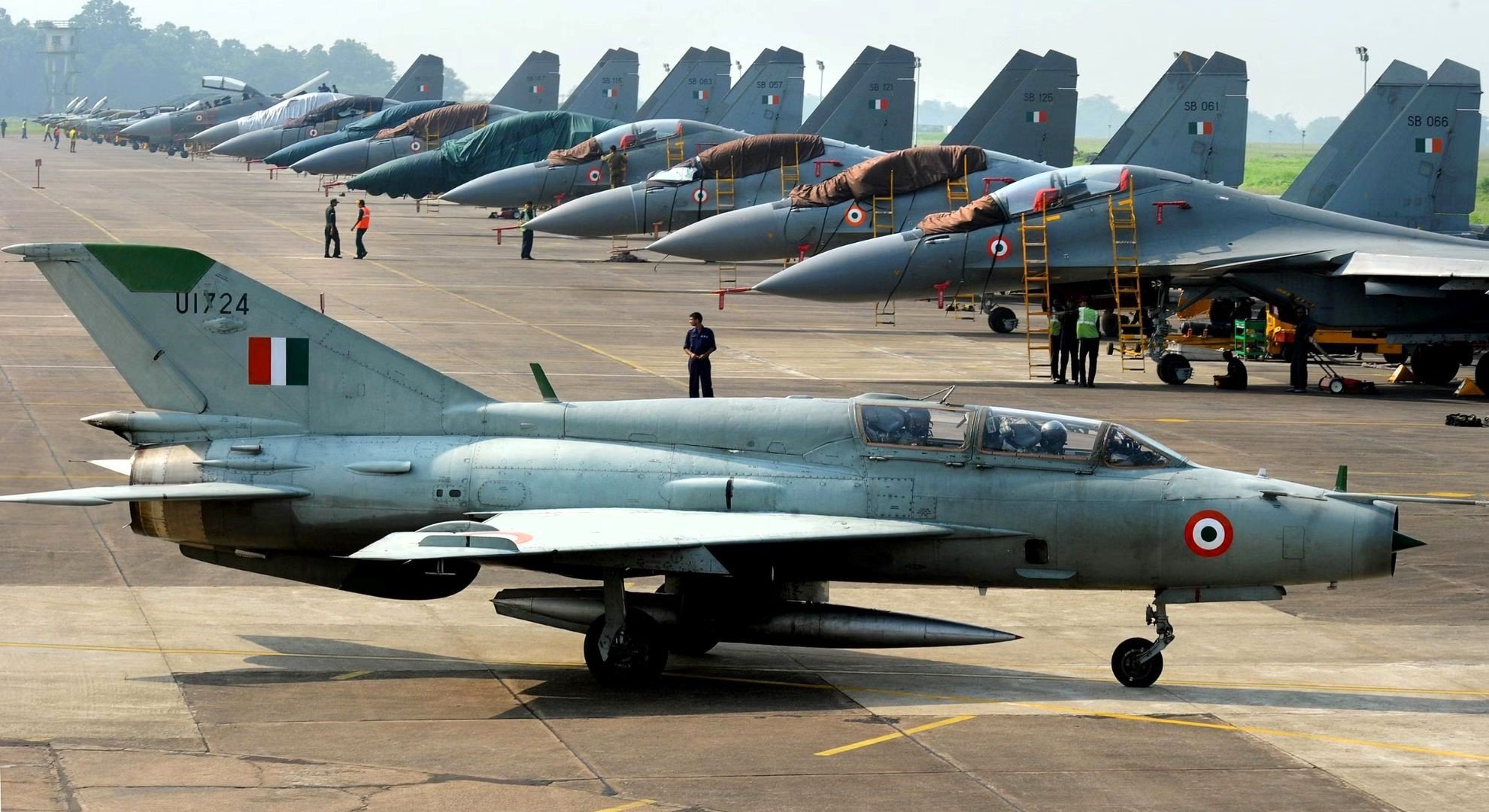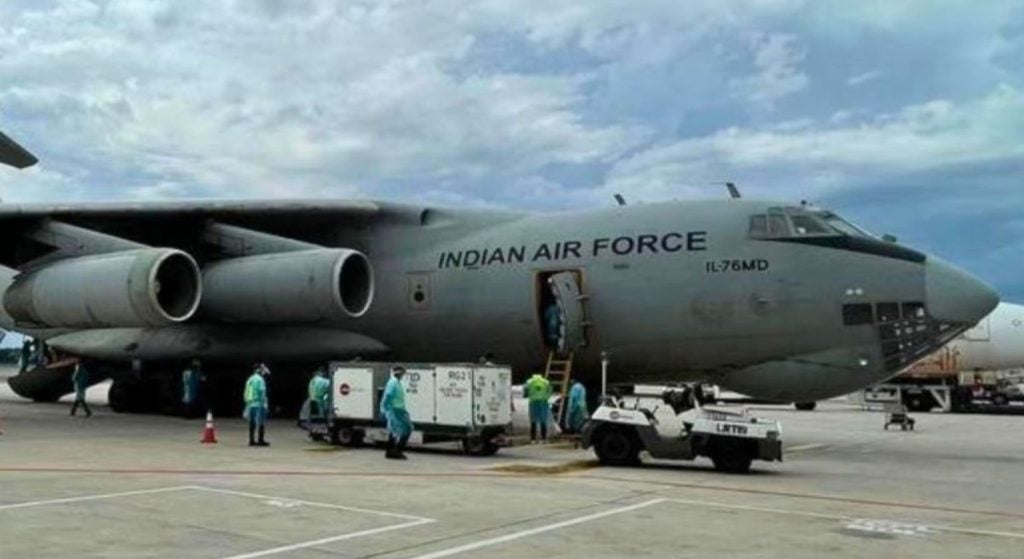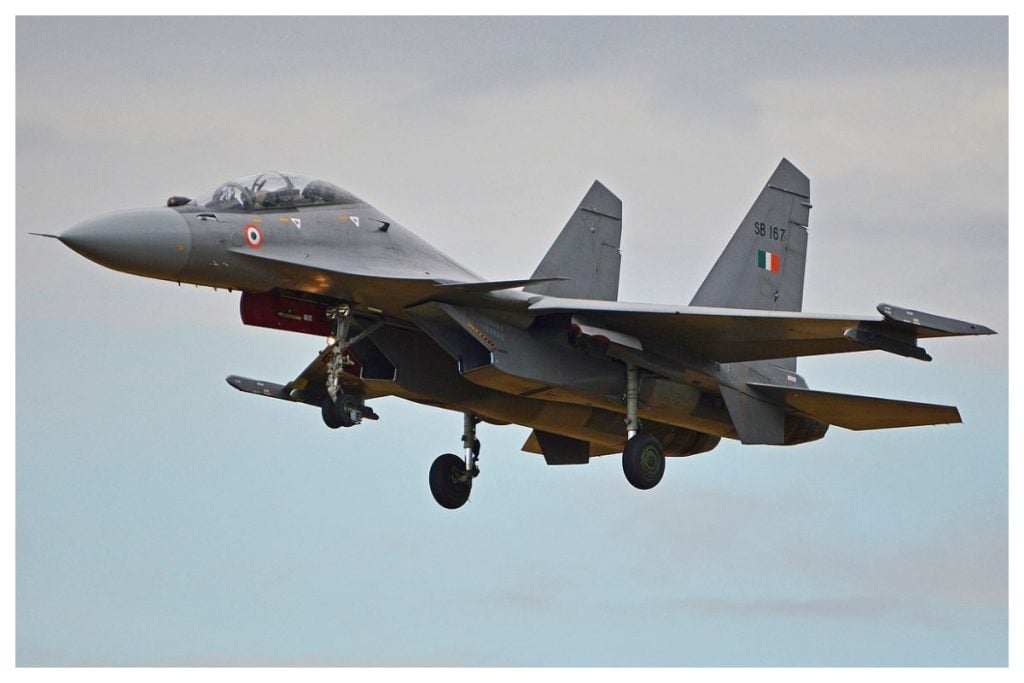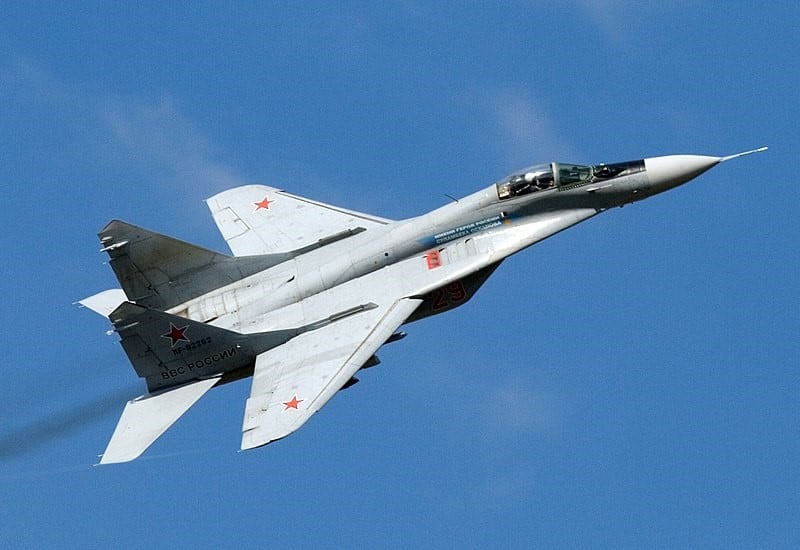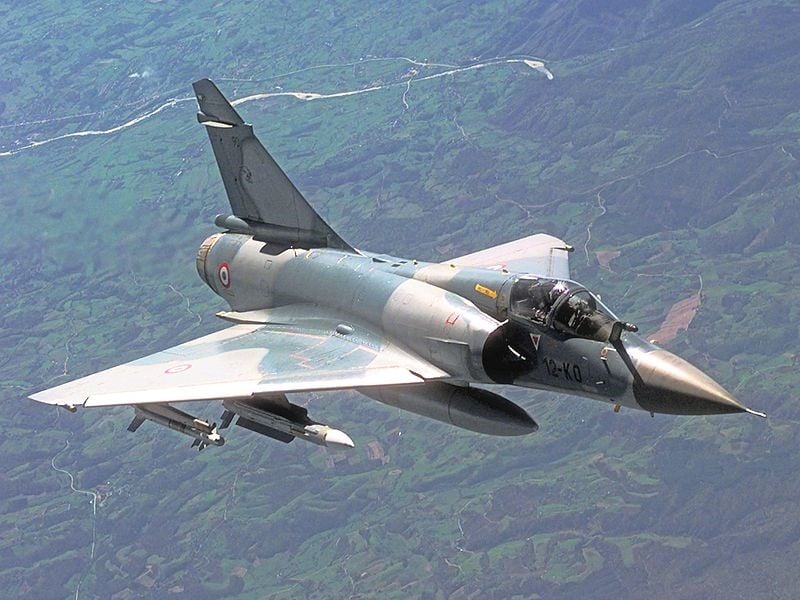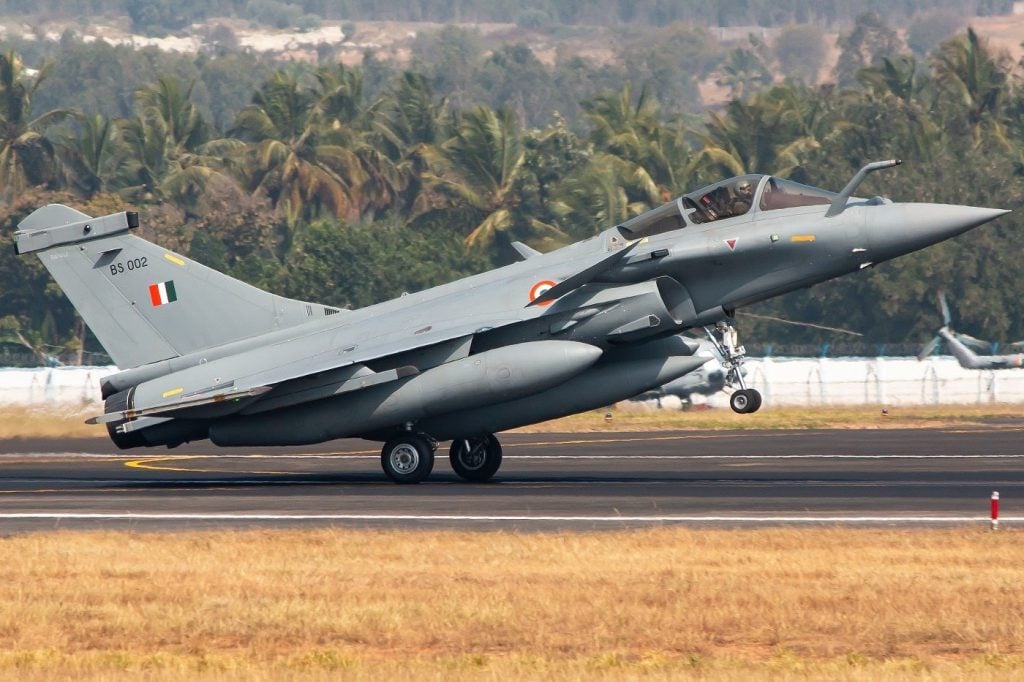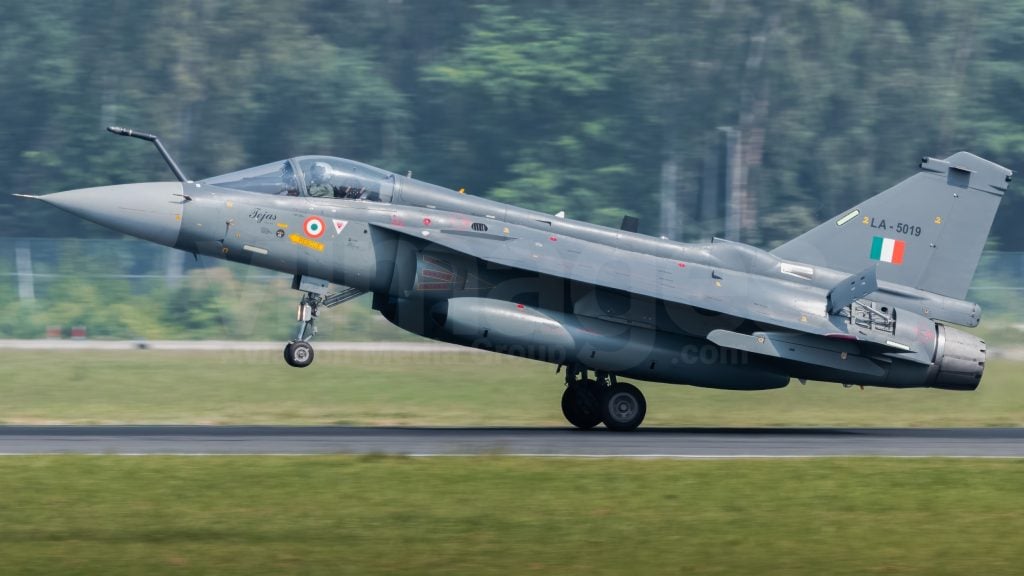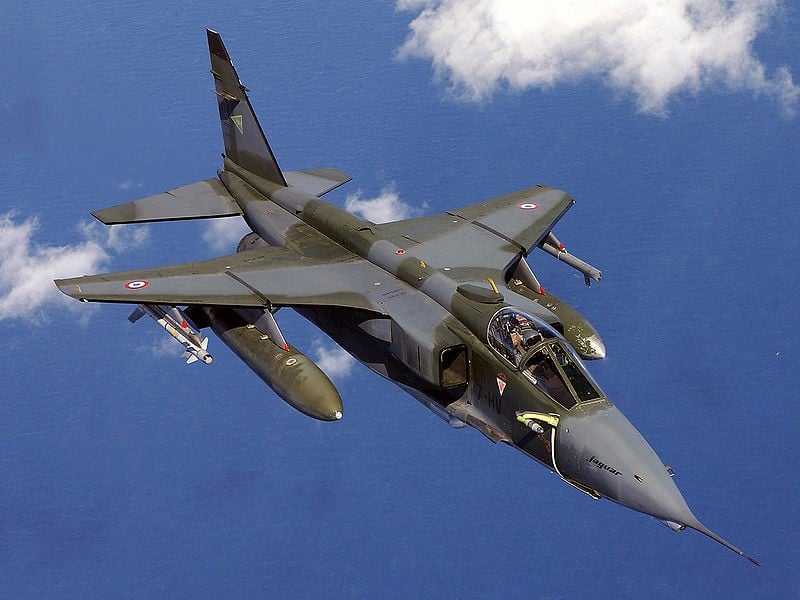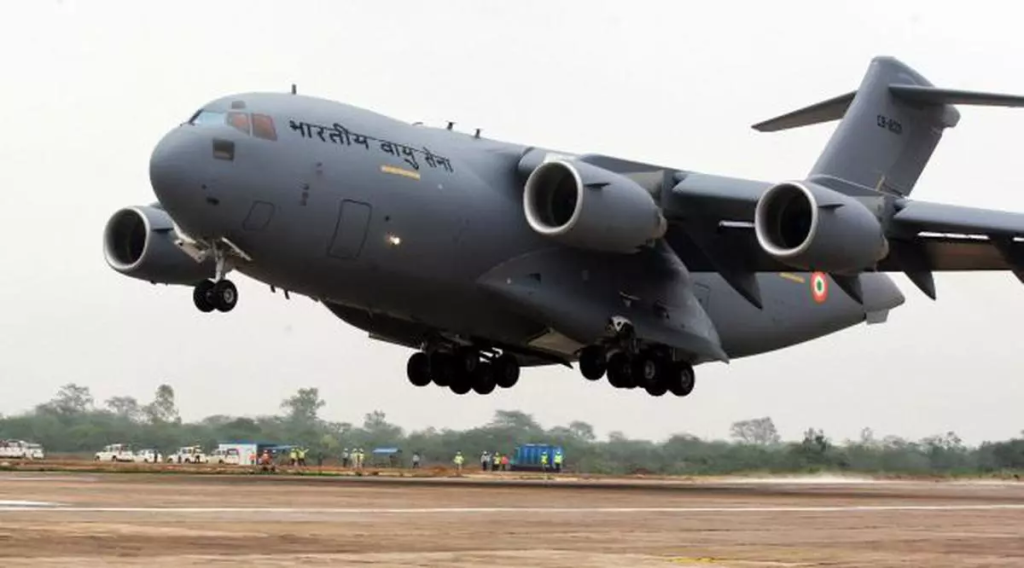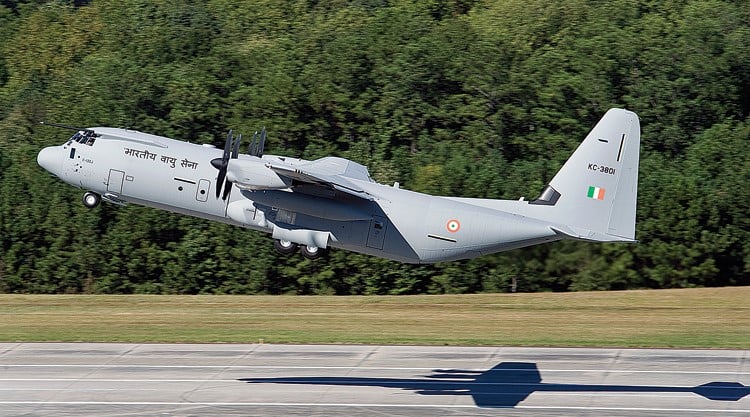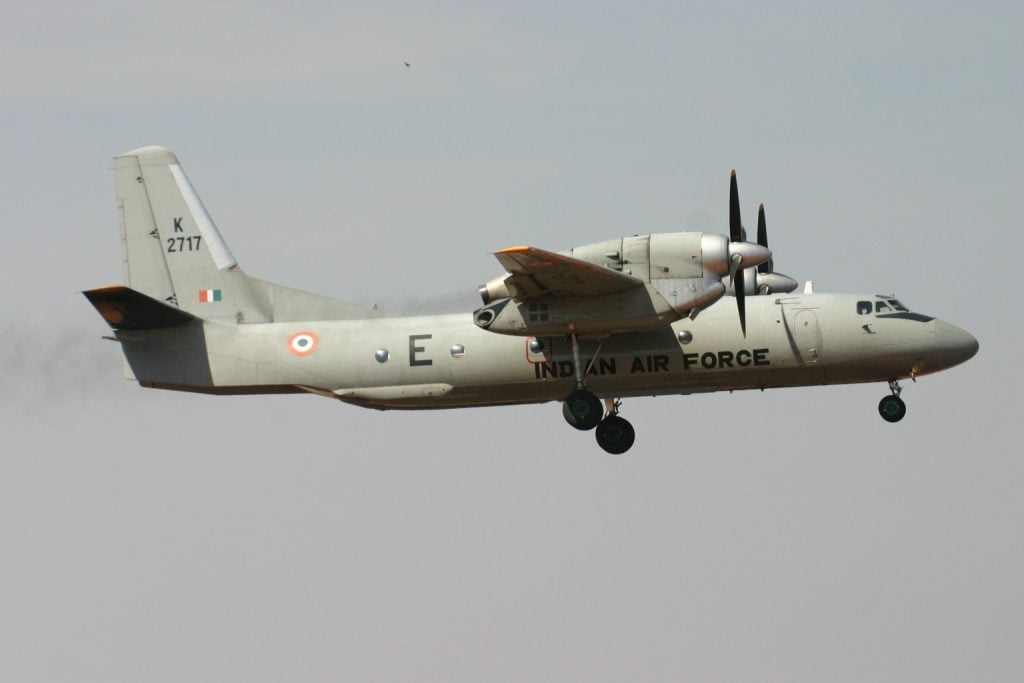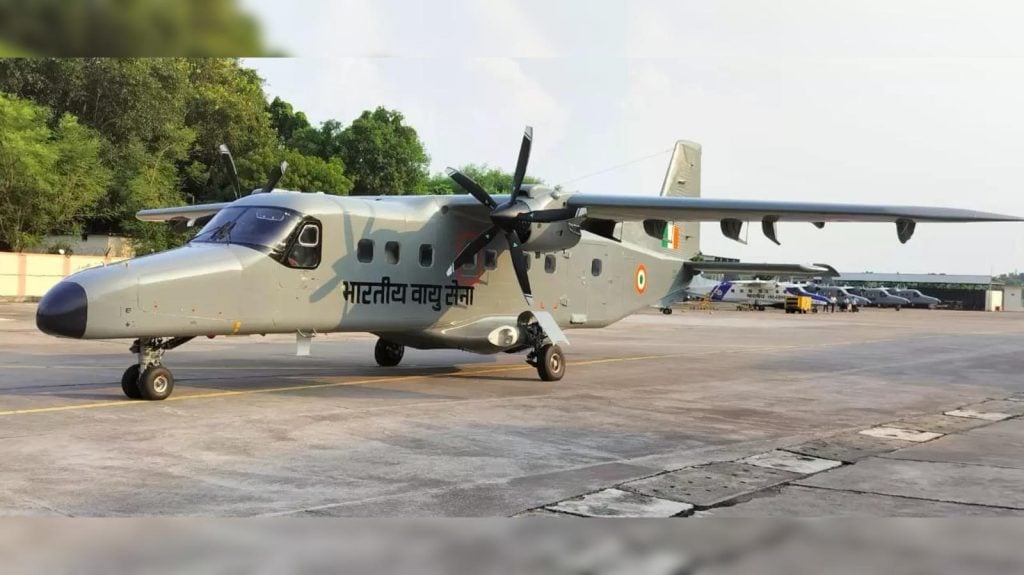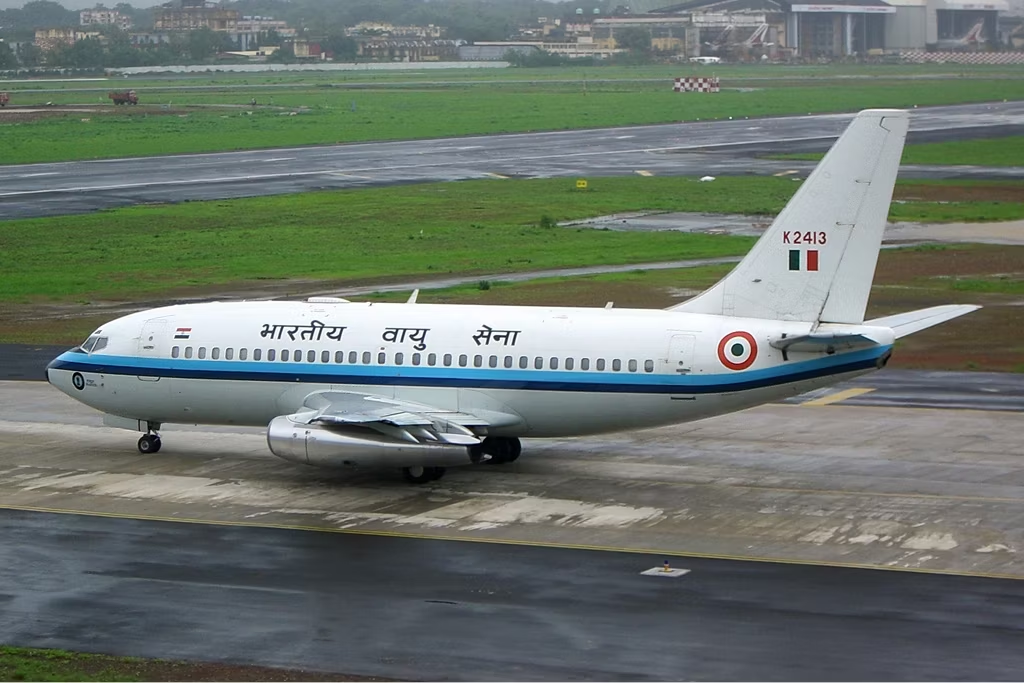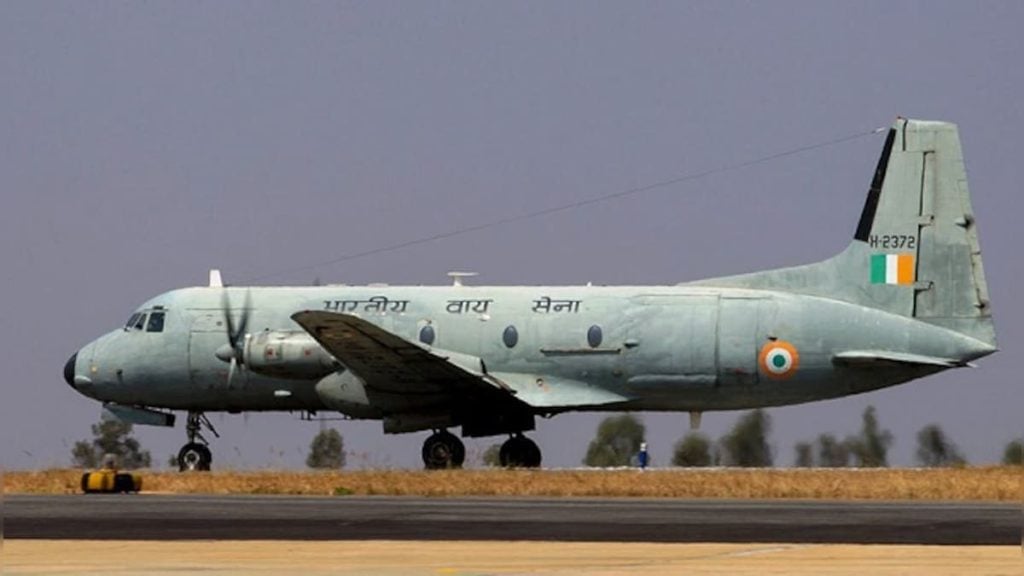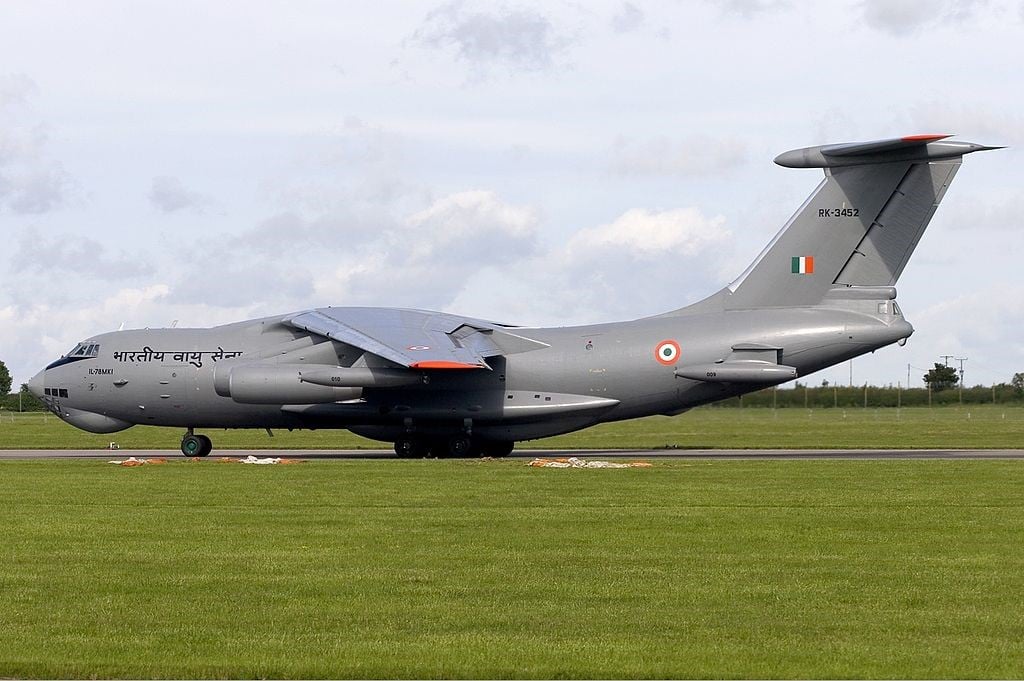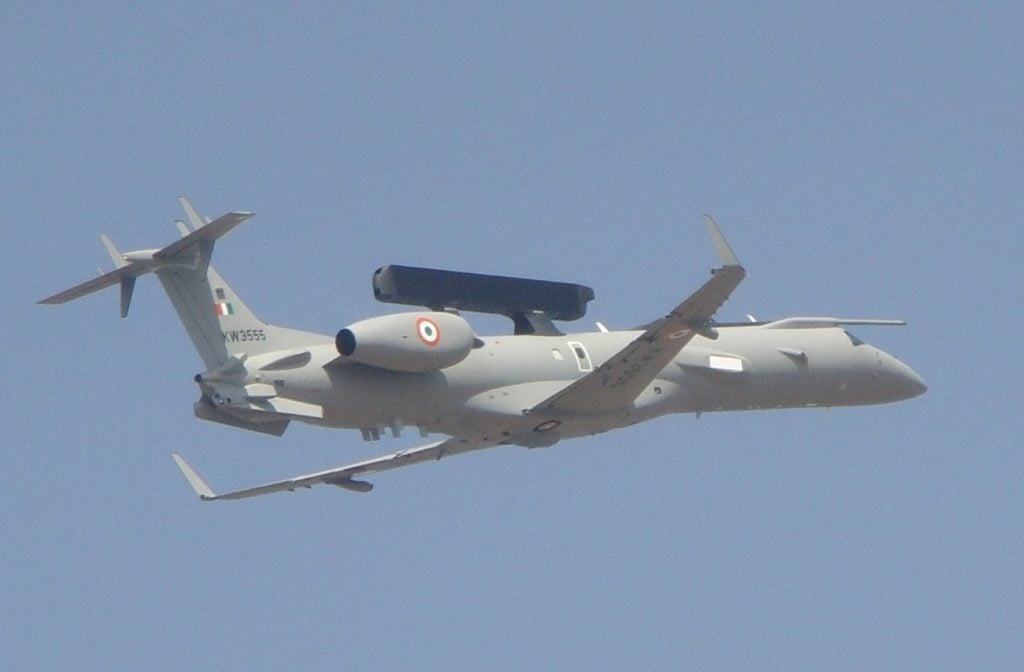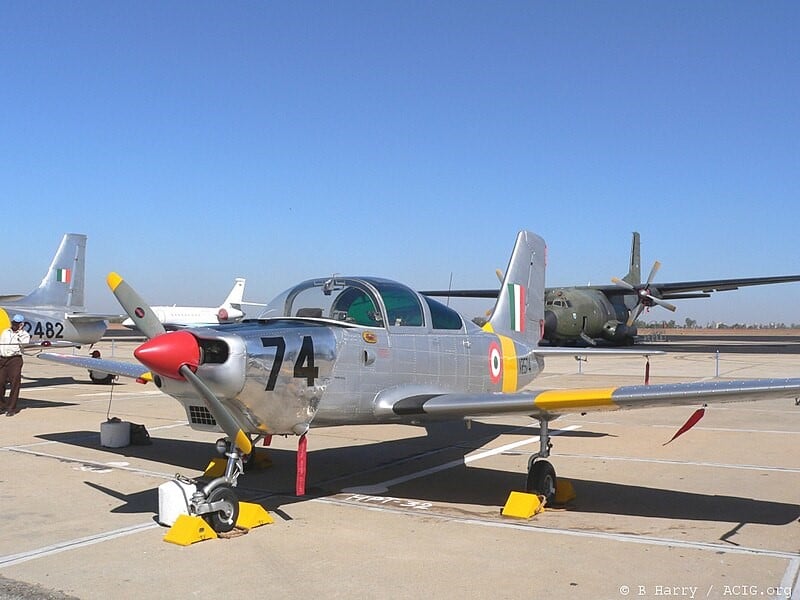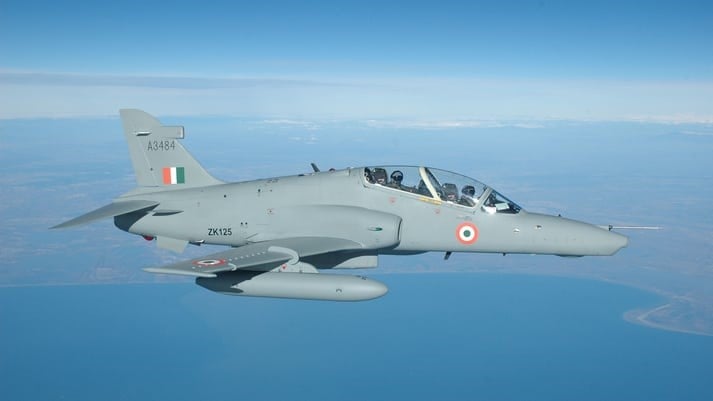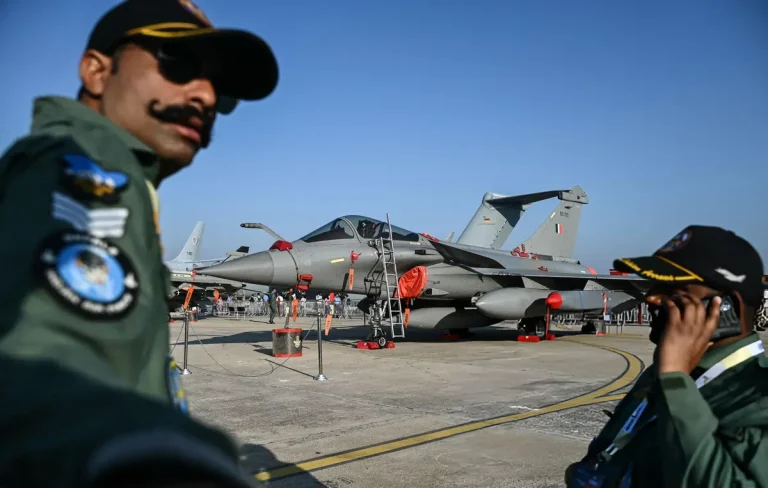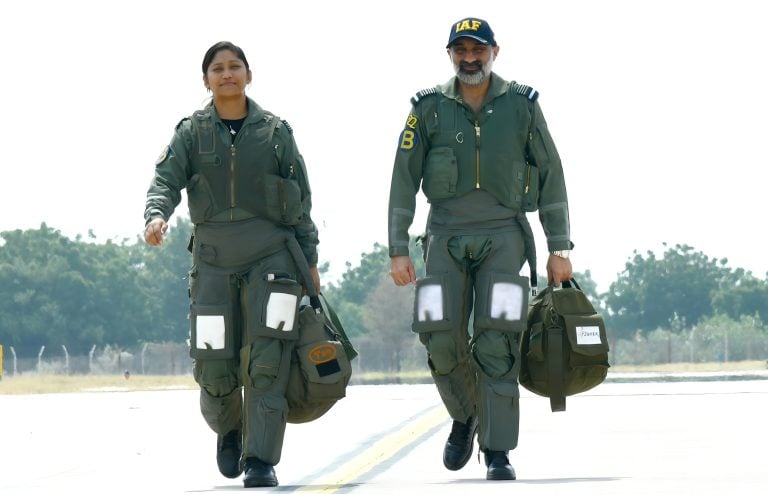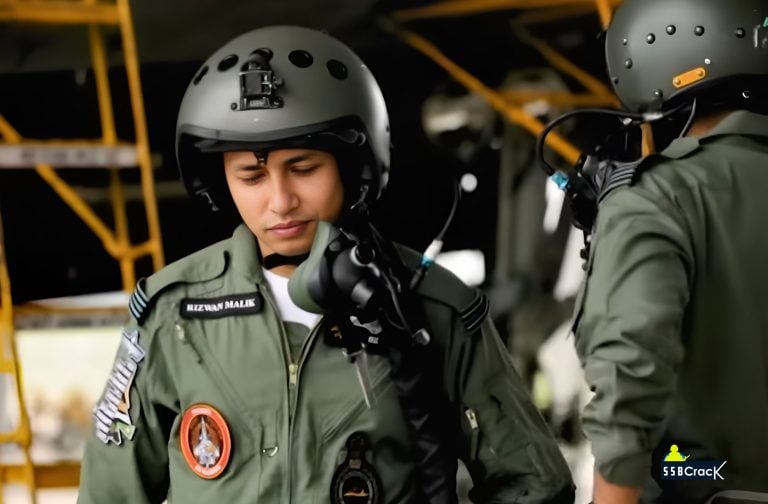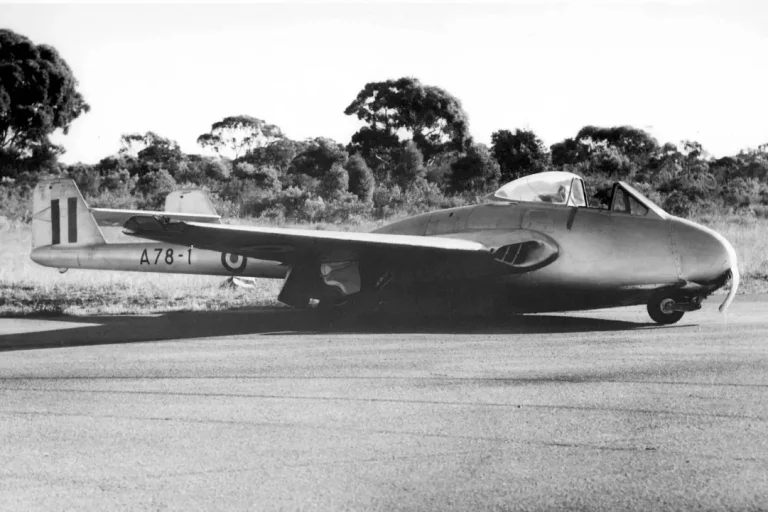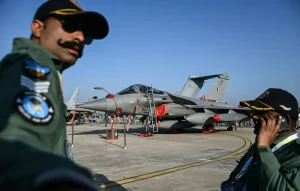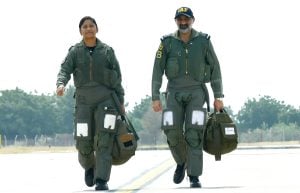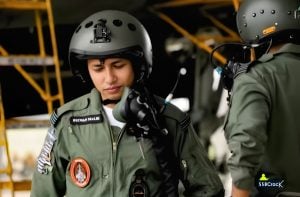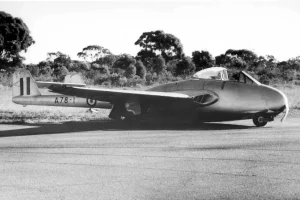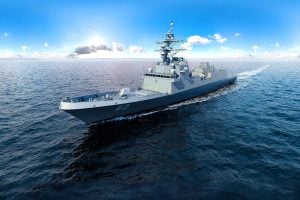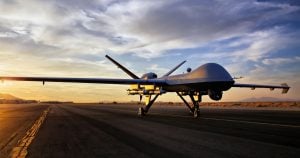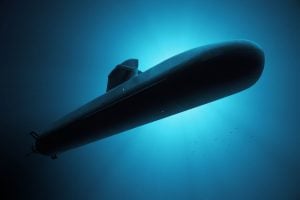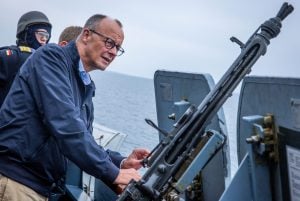India’s military prowess is often associated with the might of its armed forces, and the Indian Air Force (IAF) stands as a formidable pillar in this regard. As the world’s fourth-largest air force, The 17 Powerful Aircraft in IAF, each tailored to fulfill specific operational needs. From cutting-edge fighter jets to versatile transport planes and advanced early warning systems, the IAF’s arsenal showcases the nation’s technological advancements and strategic capabilities.
The Evolution of the IAF
The roots of the Indian Air Force can be traced back to 1932, when it was established as a part of the British Royal Air Force (RAF). After India’s independence in 1947, the force was renamed the Royal Indian Air Force, and in 1950, it officially became the Indian Air Force as the country transitioned to a republic. Over the decades, the IAF has evolved, transitioning from a predominantly British-built fleet to a diverse mix of aircraft sourced from various nations, including Russia, France, and the United States.
Also Read | 11 Legends Pilots of Indian Air Force You Must Know
Multirole Fighter Jets and Strike Aircraft
At the heart of the IAF’s combat capabilities are its multirole fighter jets and strike aircraft. These versatile platforms are designed to excel in air superiority, ground attack, and air-to-air combat roles.
1. Sukhoi Su-30MKI
The Sukhoi Su-30MKI, a two-seat, twinjet multirole air superiority fighter, is the backbone of the IAF’s fighter fleet. Developed by the Russian aircraft manufacturer Sukhoi and built under license by India’s Hindustan Aeronautics Limited (HAL), the Su-30MKI is renowned for its impressive maneuverability, advanced avionics, and long-range capabilities.
2. Mikoyan MiG-29
The Mikoyan MiG-29, developed by the Mikoyan Design Bureau in the 1970s, serves as the IAF’s second line of air defense. This agile, single-engine air superiority fighter complements the capabilities of the Su-30MKI, providing the IAF with a formidable air combat arsenal.
3. Dassault Mirage 2000
The Dassault Mirage 2000, a French-built single-engine fourth-generation multirole fighter, has been a part of the IAF’s fleet since the 1980s. Initially designed as a light fighter, the Mirage 2000 has evolved to become a versatile platform capable of air superiority, ground attack, and reconnaissance missions.
4. Dassault Rafale
The Dassault Rafale, a French twin-engine, canard delta wing multirole fighter, is the latest addition to the IAF’s fighter fleet. Capable of providing air superiority and ground support, the Rafale’s advanced avionics and weapons systems make it a formidable asset in the IAF’s arsenal.
5. HAL Tejas
The HAL Tejas, a domestically developed delta-wing multirole fighter, is the IAF’s answer to replacing its aging MiG-21 fleet. Designed and built by Hindustan Aeronautics Limited, the Tejas showcases India’s growing capabilities in indigenous aircraft manufacturing.
6. SEPECAT Jaguar
The SEPECAT Jaguar, an Anglo-French built close support ground attack aircraft, has served the IAF as its leading ground attack platform. Although retired from service with the Royal Air Force (RAF) and the French Air Force, the Jaguar remains an active and essential component of the IAF’s combat operations.
Also Read | How Do Indian Fighter Pilots Train for Aerial Dogfights?
Transport and Aerial Refueling Aircraft
The IAF’s transport and aerial refueling fleet plays a crucial role in enhancing the force’s operational reach and logistical support capabilities.
7. Boeing C-17 Globemaster III
The Boeing C-17 Globemaster III, a large military transport aircraft, is a valuable asset in the IAF’s inventory. Capable of transporting both troops and cargo, the C-17 provides the IAF with the ability to rapidly deploy and sustain forces across vast distances.
8. Lockheed Martin C-130J Super Hercules
The Lockheed Martin C-130J Super Hercules, a four-engine turboprop military transport aircraft, is well-suited for the IAF’s operational needs. Its ability to operate from high-elevation airstrips and in adverse weather conditions makes it an indispensable platform for the force.
9. Antonov An-32
The Antonov An-32, a twin-turboprop military transport aircraft developed by the Soviet Union in the 1970s, is a workhorse in the IAF’s transport fleet. The re-engined version of the An-26, the An-32 is designed to operate under challenging environmental conditions.
10. Dornier 228
The Dornier 228, a German-designed twin-turboprop STOL utility aircraft, is built under license by Hindustan Aeronautics Limited (HAL) in India. This versatile platform serves the IAF in various roles, including transportation and light utility operations.
11. Boeing 737 and 777
The IAF operates a small fleet of Boeing 737 and 777 aircraft, which it utilizes for passenger transport and VIP transport missions, respectively. These commercial airliners have been specially modified to meet the force’s operational requirements.
12. Hawker Siddeley HS 748
The Hawker Siddeley HS 748, a British twin-engine turboprop, was once the backbone of the IAF’s transportation fleet. Although gradually phased out, the HS 748 continues to serve the force in communication and training roles.
13. Ilyushin Il-78MKIs
The Ilyushin Il-78MKIs, a Soviet/Russian four-engine aerial refueling tanker based on the Il-76 strategic airlifter, provides the IAF with the capability to extend the range and endurance of its combat aircraft through in-flight refueling.
Early Warning and Training Aircraft
The IAF’s early warning and training aircraft play a crucial role in enhancing the force’s situational awareness and developing the skills of its pilots.
14. Netra Embraer ERJ 145I
The Netra Embraer ERJ 145I, a specially modified Brazilian-built regional passenger jet, serves as the IAF’s airborne early warning and control aircraft, providing advanced surveillance and intelligence capabilities.
15. EL/W-2090 Phalcon
The EL/W-2090 Phalcon, a specially modified Ilyushin Il-76 developed by Israel Aerospace Industries (IAI) and Elta Electronics Industries, is another early warning and control platform in the IAF’s inventory, enhancing the force’s situational awareness and decision-making capabilities.
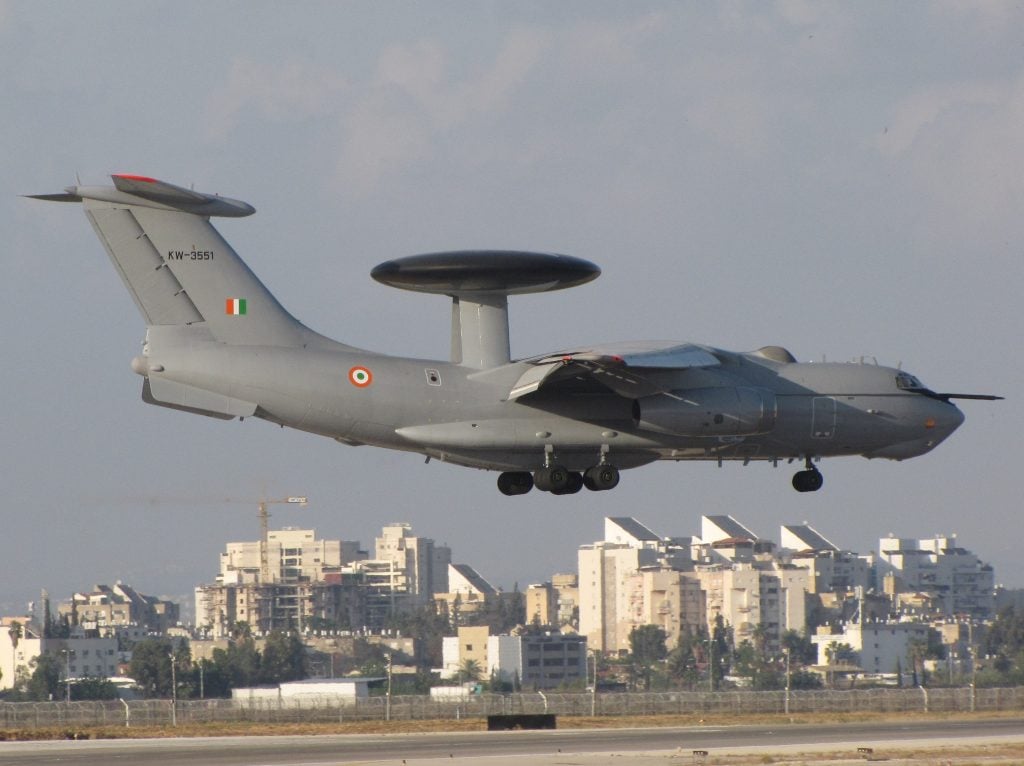
16. HAL HPT-32 Deepak
The HAL HPT-32 Deepak, a two-seat, single-engine, prop-driven primary trainer, is the IAF’s first step in training its future pilots, providing them with the foundational skills necessary for advanced jet training.
17. BAE Systems Hawk
The BAE Systems Hawk, a British single-engine advanced jet trainer and low-cost combat aircraft, is used by the IAF to prepare its pilots for the transition from trainers to frontline fighter jets. The Hawk is also employed by the Royal Air Force Red Arrows display team.
Also Read | Indian Air Force Agniveer Syllabus and Exam Pattern 2024
Conclusion
The Indian Air Force’s diverse fleet of aircraft, ranging from cutting-edge fighter jets to versatile transport planes and advanced early warning systems, reflects the nation’s commitment to maintaining a strong and technologically advanced air force. As the IAF continues to modernize and expand its capabilities, it stands as a formidable guardian of India’s skies, ready to defend the nation’s sovereignty and interests with unwavering determination.
FAQs
1. What is the total number of aircraft in the Indian Air Force?
The Indian Air Force is estimated to have around 1,850 aircraft, making it the world’s fourth-largest air force.
2. What are the main categories of aircraft in the IAF’s arsenal?
The IAF’s aircraft can be broadly divided into three categories: multirole fighter jets and strike aircraft, transport and aerial refueling aircraft, and early warning aircraft and trainers.
3. Which are the most advanced fighter jets in the IAF’s fleet?
The Sukhoi Su-30MKI, Dassault Rafale, and HAL Tejas are considered the most advanced fighter jets in the IAF’s arsenal, boasting impressive capabilities in air superiority, ground attack, and air-to-air combat roles.
4. Does the IAF operate any indigenous aircraft?
Yes, the IAF operates the HAL Tejas, a domestically developed delta-wing multirole fighter, which is the force’s answer to replacing its aging MiG-21 fleet. The Tejas showcases India’s growing capabilities in indigenous aircraft manufacturing.
5. What is the role of the Ilyushin Il-78MKIs in the IAF?
The Ilyushin Il-78MKIs, a Soviet/Russian four-engine aerial refueling tanker, provides the IAF with the capability to extend the range and endurance of its combat aircraft through in-flight refueling, enhancing the force’s operational reach and combat effectiveness.
